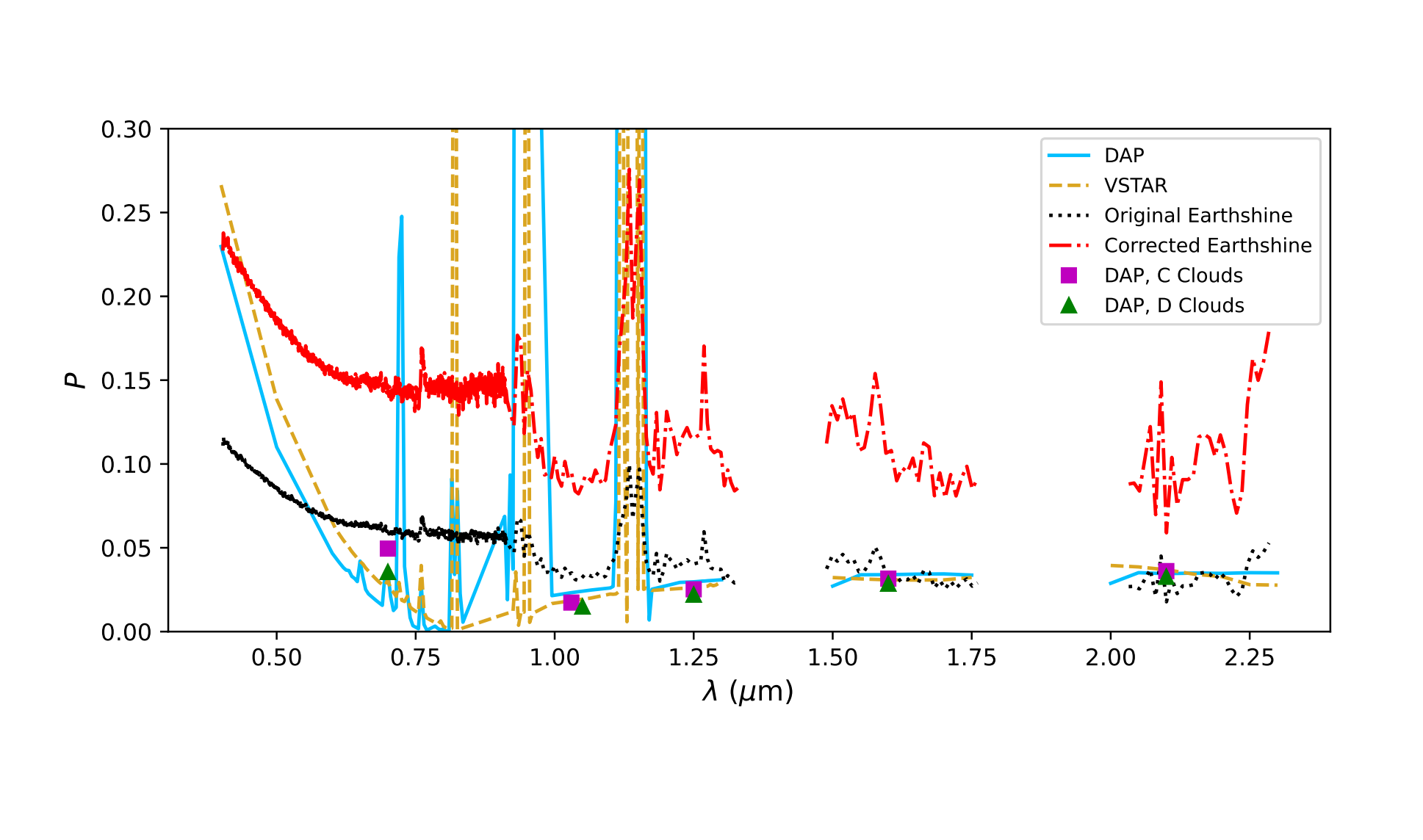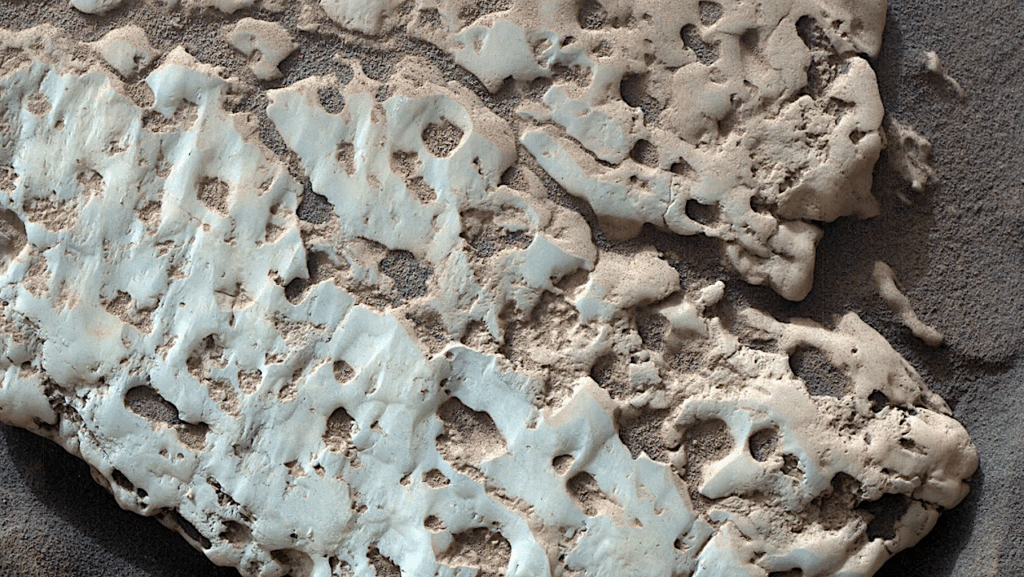Polarized Signatures of a Habitable World: Comparing Models of an Exoplanet Earth with Visible and Near-infrared Earthshine Spectra

In the JWST, Extremely Large Telescopes, and LUVOIR era, we expect to characterize a number of potentially habitable Earth-like exoplanets.
However, the characterization of these worlds depends crucially on the accuracy of theoretical models. Validating these models against observations of planets with known properties will be key for the future characterization of terrestrial exoplanets.
Due to its sensitivity to the micro- and macro-physical properties of an atmosphere, polarimetry will be an important tool that, in tandem with traditional flux-only observations, will enhance the capabilities of characterizing Earth-like planets.
In this paper we benchmark two different polarization-enabled radiative-transfer codes against each other and against unique linear spectropolarimetric observations of the earthshine that cover wavelengths from ∼0.4 to ∼2.3 μm.
We find that while the results from the two codes generally agree with each other, there is a phase dependency between the compared models. Additionally, with our current assumptions, the models from both codes underestimate the level of polarization of the earthshine.
We also report an interesting discrepancy between our models and the observed 1.27 μm O2 feature in the earthshine, and provide an analysis of potential methods for matching this feature. Our results suggest that only having access to the 1.27 μm O2 feature coupled with a lack of observations of the O2 A and B bands could result in a mischaracterization of an Earth-like atmosphere. Providing these assessments is vital to aid the community in the search for life beyond the solar system.
Kenneth E. Gordon, Theodora Karalidi, Kimberly M. Bott, Paulo A. Miles-Páez, Willeke Mulder, Daphne M. Stam
Comments: 24 pages, 18 figures
Subjects: Earth and Planetary Astrophysics (astro-ph.EP)
Cite as: arXiv:2301.05734 [astro-ph.EP] (or arXiv:2301.05734v1 [astro-ph.EP] for this version)
Submission history
From: Kenneth Gordon
[v1] Fri, 13 Jan 2023 19:28:49 UTC (17,795 KB)
https://arxiv.org/abs/2301.05734
Astrobiology








